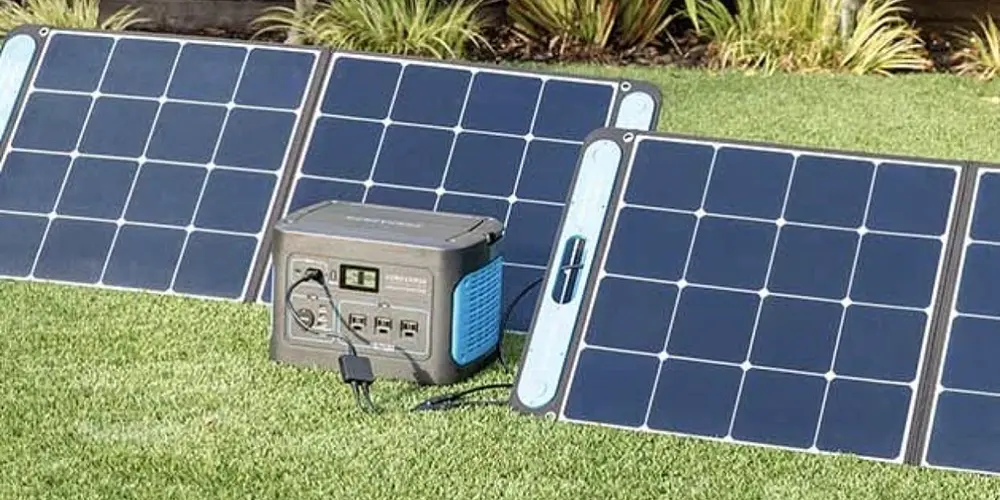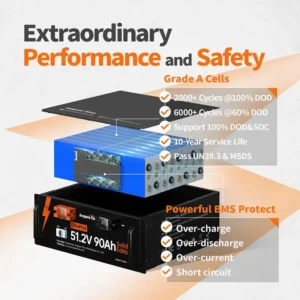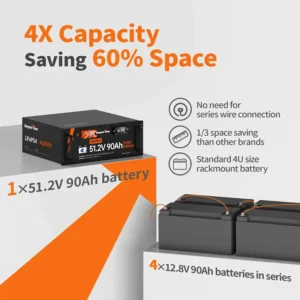JOIN US FOR THE NEWEST LED LIGHTS IN MARKET
Enter your email below to get 10% off your first order

The future of portable solar generators looks very promising. As technology continues to improve and the cost of solar panels continues to decrease, these devices are becoming more and more popular. Portable solar generators are a convenient and eco-friendly way to generate electricity, especially in remote or off-grid locations. They are also becoming more powerful, with some models able to provide enough electricity to power small appliances or even a small home.
One of the biggest advantages of portable solar generators is that they are renewable and clean. Unlike traditional generators, which run on fossil fuels, portable solar generators use the sun’s energy to generate electricity, so they don’t produce any greenhouse gases or other pollutants. This makes them a great option for people who want to reduce their carbon footprint and help protect the environment.
Overall, the future of portable solar generators looks bright. As more and more people turn to renewable energy sources, these devices are likely to become even more popular and more advanced.

Portable solar generators are great tools to have around if you want to power your home without having to rely on electricity. These devices use the sun’s rays to create electricity and they’re perfect for camping, hiking, and even emergency situations. There are many different types of portable solar generators out there and each one offers its own set of pros and cons. Here are some things to consider before buying a portable solar generator.
There are many factors to consider when looking for the best type of portable solar generator, such as the specific power needs of the user, the available budget, and the intended use of the generator. Some popular options for portable solar generators include the Goal Zero Yeti 400 Solar Generator, the Suaoki 400Wh Portable Solar Generator, and the Jackery Explorer 240 Portable Solar Generator.
There are two main types of portable solar generators: those that run off batteries and those that run off fuel cells. Batteries are cheaper than fuel cells, but they don’t last as long. Fuel cells are much more expensive, but they produce more power and last longer. If you plan on using your portable solar generator often, then you should invest in a fuel cell. However, if you only need it occasionally, then a battery would work just fine.

You can use your portable solar generator anywhere that gets direct sunlight. Just make sure that you place it somewhere where it won’t get damaged by wind or rain.
In general, portable solar generators can be used anywhere that has access to sunlight. However, some portable solar generators may not be suitable for use in very cold or very hot environments, so it’s important to check the manufacturer’s specifications before using your solar generator in extreme weather conditions. Additionally, portable solar generators may not be able to provide enough power for certain high-demand applications, such as running large appliances or powering a construction site. In these cases, a larger, more powerful solar generator may be necessary.
Whether or not you need a battery charger will depend on the type of battery you are using and the specific application. Some batteries, such as lead-acid batteries, require a dedicated battery charger to maintain their charge and extend their lifespan. Other types of batteries, such as lithium-ion batteries, can be charged using a variety of methods, including dedicated battery chargers, solar panels, and AC outlets. If you’re not sure whether or not you need a battery charger for your battery, it’s best to consult the manufacturer’s specifications or a knowledgeable professional.

No! Your portable solar generator doesn’t have to be plugged in. All you have to do is connect the positive and negative terminals together and you’re ready to go.
Portable solar generators typically do not need to be plugged in to function. Instead, they are powered by solar panels that convert sunlight into electricity. This allows them to be used in off-grid locations where access to AC power outlets is not available. However, some portable solar generators may also have the option to be charged using an AC outlet, which can be useful for quickly recharging the generator in emergency situations or when access to sunlight is limited.
The amount of power that a portable solar generator will produce will depend on several factors, including the size of the solar panels, the efficiency of the solar cells, and the availability of sunlight. In general, smaller portable solar generators will produce less power than larger ones. For example, a portable solar generator with 100-watt solar panels may produce around 500 watt-hours of electricity per day, while a generator with 200-watt solar panels may produce twice that amount. Keep in mind that the actual amount of power produced by a portable solar generator can vary depending on factors such as the time of day, weather conditions, and the angle of the solar panels.
When shopping for a portable solar generator, there are many additional features that you may want to consider, depending on your specific needs and preferences. Some possible features to look for include a built-in inverter, which allows you to power AC appliances; multiple USB ports and AC outlets, which provide more flexibility for charging and powering devices; and a built-in LED display, which can provide helpful information such as the current battery level and the amount of power being produced by the solar panels. Additionally, some portable solar generators may come with additional accessories, such as solar panels, cables, and carrying cases, which can make them more versatile and convenient to use.
$99.00 Original price was: $99.00.$79.00Current price is: $79.00.
$199.00 Original price was: $199.00.$99.00Current price is: $99.00.
$1,299.00 Original price was: $1,299.00.$1,189.00Current price is: $1,189.00.
$299.00 Original price was: $299.00.$279.00Current price is: $279.00.
$299.00 Original price was: $299.00.$279.00Current price is: $279.00.
$299.00 Original price was: $299.00.$259.00Current price is: $259.00.
$499.00 Original price was: $499.00.$399.00Current price is: $399.00.
$299.00 Original price was: $299.00.$189.00Current price is: $189.00.
$299.00 Original price was: $299.00.$259.00Current price is: $259.00.
$199.00 Original price was: $199.00.$119.00Current price is: $119.00.
$699.00 Original price was: $699.00.$239.00Current price is: $239.00.
$699.00 Original price was: $699.00.$389.00Current price is: $389.00.